Guidance on Environment on Production and Events can now be found on our Βι¶ΉΤΌΕΔ Sustainability sites - see links
Recommended links
-
[Βι¶ΉΤΌΕΔ Network only]
-
(Βι¶ΉΤΌΕΔ Network only)
-
[Βι¶ΉΤΌΕΔ network only]
-
[Βι¶ΉΤΌΕΔ network only]
-
[Βι¶ΉΤΌΕΔ network only]
-
-
-
-
-
-
-
-
-
-
-
Events Safety Guide
-

Events Safety Guide
Visit the Events Safety Guide for a collection of topics related to organising your event.
Environment topics
-
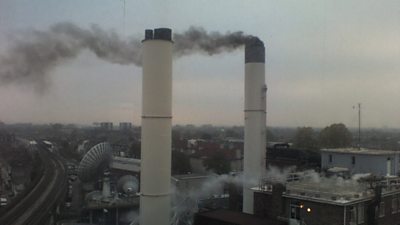
Air Pollution
Air pollution can have damaging effects on human health and the environment and it is crucial to minimise emissions to the atmosphere. -

Built Environment
In the UK these impacts are controlled by legislation, particularly planning law. -

Energy Management
This guidance provides information on energy management associated with Βι¶ΉΤΌΕΔ activities in order to ensure good environmental practice and compliance with relevant legislation. -
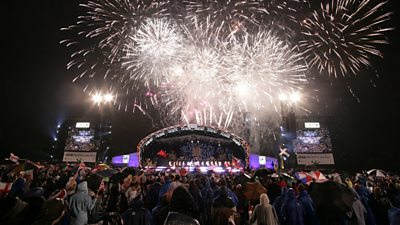
Environment on Production and Events
This guidance provides information on how to reduce the risk of environmental incidents, nuisance or legal non-compliance whilst making programmes and running events. -

Environmental Nuisance
Nuisance is something that causes an unwanted disturbance to someone's quality of life or something that can have a negative effect on their health. -
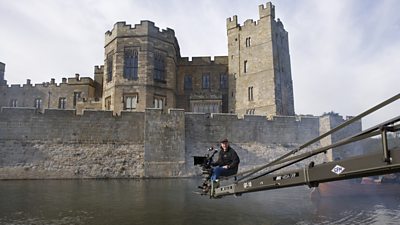
Heritage
Heritage consists of buildings and features that are man-made and valuable for their architectural or historical interest. -
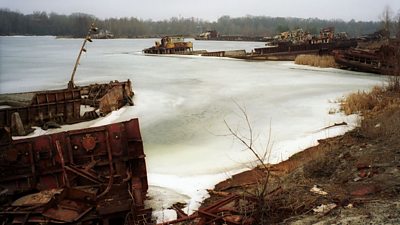
Land Contamination
Both former and current land uses can pollute land and water resources by releasing pollutants to the environment. -
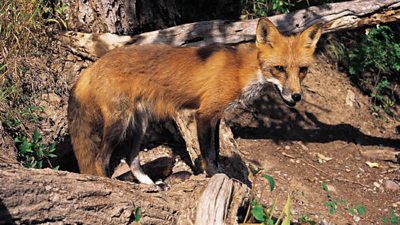
Natural Environment and Wildlife
The natural environment contains habitats and species that are ecologically valuable and landscapes that are appreciated for their beauty and historical interest. -

Oil and Chemical Management
Oil and chemical management can occur from fixed and temporary generators, set building, special effects, cleaning and associated activities. -
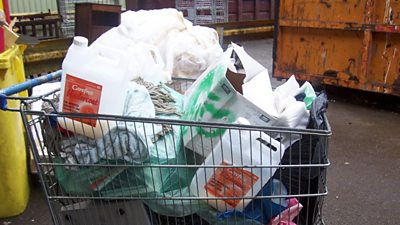
Waste Management
This guidance provides information on how to manage wastes arising from Βι¶ΉΤΌΕΔ activities in order to ensure good environmental practice and compliance with relevant legislation. -
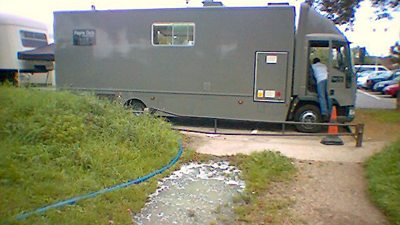
Water and Waste Water Management
This guidance provides information on how to manage water and waste water arising from Βι¶ΉΤΌΕΔ activities in order to ensure good environmental practice and compliance with relevant legislation.
More from SSR
-
Your platform to record accidents, risk assessments, assurance monitoring and inspections
-
Safety Equipment Stores
Just one number to call: 020 3614 5155 -
Βι¶ΉΤΌΕΔ Safety Guidelines
An A-Z of Βι¶ΉΤΌΕΔ's Health and Safety Guidelines -
Safety Advice Line: 0370 411 0464 Email: safety@bbc.co.uk
- A-Z of Βι¶ΉΤΌΕΔ Safety Guidelines
- Accident Reporting and Investigation
- Βι¶ΉΤΌΕΔ Health & Safety Policy
- Contractors (incl. vetted lists)
- Contributors
- Fire Safety
- Freelancers
- Independent Production Companies
- Risk Assessment
- Safety Alerts
- Safety Responsibilities
- Safety Training
- Sets & Premises Safety Guide
Events guidance - key links:
- Exhibitions
- General Guidance
- Indoor Location Recce Checklist
- Outdoor Location Recce Checklist
- Major Incidents & Emergency Planning
- Marketing and Promotional
- Noise Exposure
- Planning and Management
- Responsibilities
- Responsibilities Form
- Laser Lighting Effects
- Strobe Lighting
- Temporary Stages and Rostra
Health topics - key links:
- (Βι¶ΉΤΌΕΔ network only)
- Contributors Fitness to Participate
- Display Screen Equipment (DSE)
- (Βι¶ΉΤΌΕΔ network only)
- First Aid and Welfare on Location
- International Travel - Risks & Health
- Manual Handling
- Mental Health: Βι¶ΉΤΌΕΔpage
- (Βι¶ΉΤΌΕΔ network only)
- Personal Health and Wellbeing
- Pregnancy
- Psychological Trauma Support & Trauma Risk Management (TRiM)
- Tiredness and Fatigue
- Travel Health Contacts
Βι¶ΉΤΌΕΔ High Risk - key links:
- CBRN and Industrial Spills
- Covert Filming
- Crisis Management and Security Support
- Demonstrations, Protests and Crowds
- Disaster Coverage
- Door Stepping
- (Βι¶ΉΤΌΕΔ network only)
- (Βι¶ΉΤΌΕΔ network only)
- Public Order
- Safety Equipment Stores
Βι¶ΉΤΌΕΔ Journalism - key links:
Βι¶ΉΤΌΕΔ Productions - key links:
- Aerial Filming and Airfields
- Animals: Displaying and handling for performance
- Boats: Working on
- Children and Young People
- Driving
- Electrical Equipment and Systems
- First Aid and Welfare on Location
- Food Safety (Cooking and Catering)
- Remote Location Working
- Roads and Streets: Working by
- Security of Productions on Location
- Stunts
- Tiredness and Fatigue
- Unmanned Aerial Systems (UAS aka Drones)
- Vehicles: Recording in, from and around
- Working at Height: Mobile Elevating Work Platforms
- Working at Height: Tower Scaffolds
Βι¶ΉΤΌΕΔ Radio - key links:
- (Βι¶ΉΤΌΕΔ Network only)
Βι¶ΉΤΌΕΔ Security - key links:
Βι¶ΉΤΌΕΔ Sport - key links:
About this site
This site describes what the Βι¶ΉΤΌΕΔ does in relation to managing its health, safety and security risks and is intended for those who work directly for the Βι¶ΉΤΌΕΔ.
It is not intended to provide instruction or guidance on how third parties should manage their risks. The Βι¶ΉΤΌΕΔ cannot be held liable for how this information is interpreted or used by third parties, nor provide any assurance that adopting it would provide any measure of legal compliance. More information
Some links on this site are only accessible when connected to the Βι¶ΉΤΌΕΔ network
